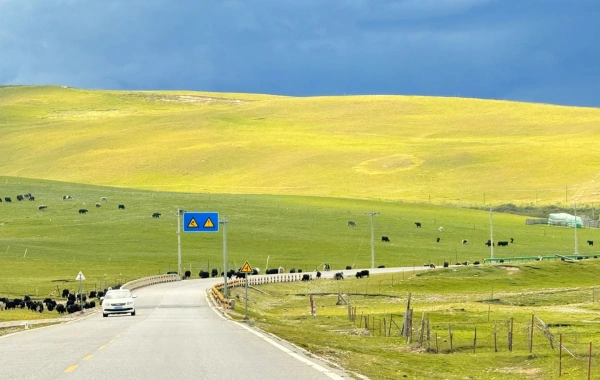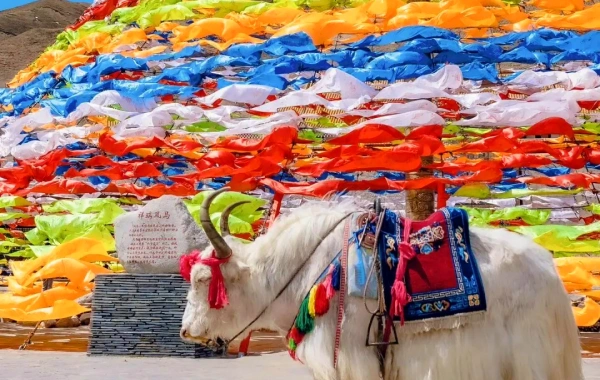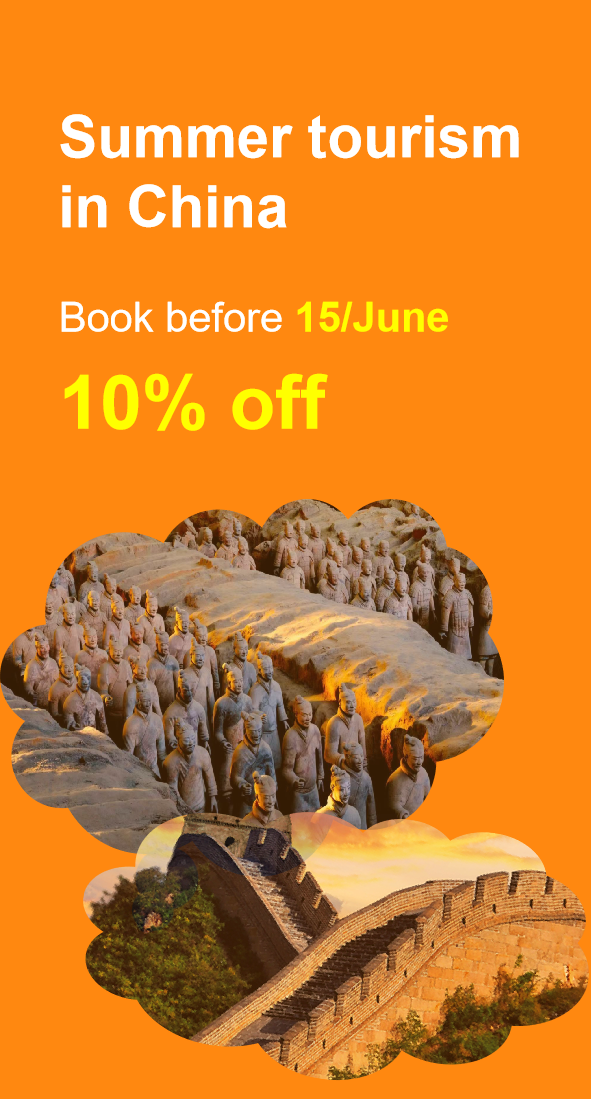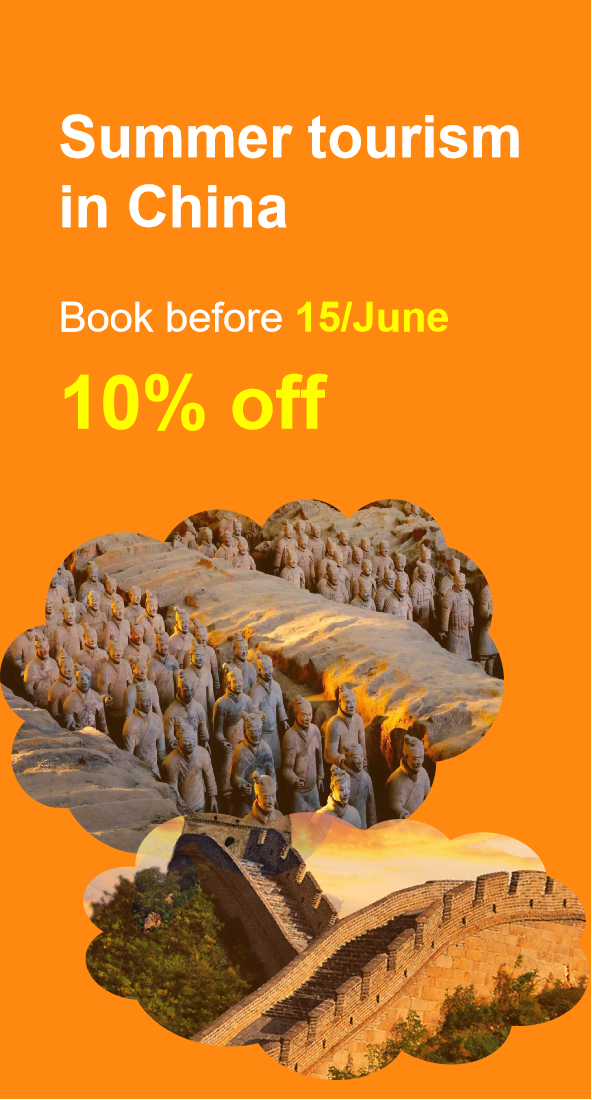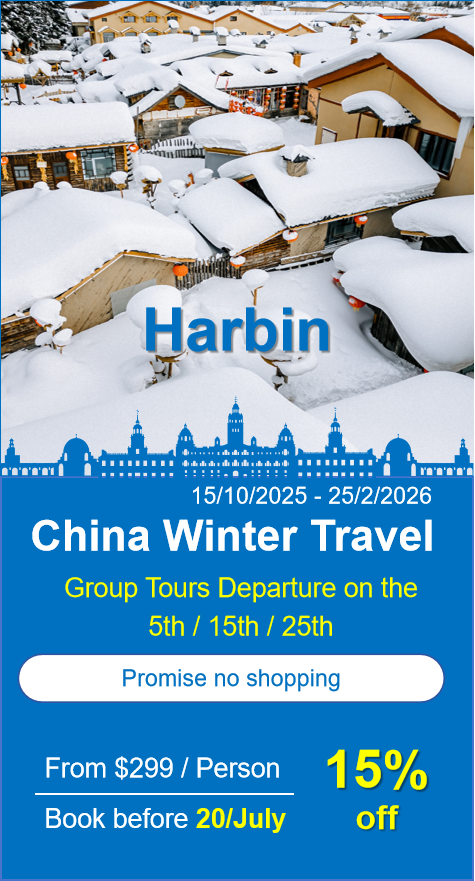This 2-day journey offers a unique cultural and natural immersion in Qinghai. Begin in Xining with a visit to the Dongguan Mosque, a remarkable fusion of Chinese and Arabic architecture, followed by the renowned Ta'er Monastery, birthplace of Tsongkhapa. Savor local delicacies in Mojia Street and explore Qinghai Provincial Museum. On day two, travel across the historic Riyue Mountain, a key route of the Southern Silk Road and Tang-Tubo Ancient Road. Conclude your trip with the stunning alpine beauty of Qinghai Lake—the largest inland saltwater lake in China, praised as the ‘Sapphire of the Plateau’. Optional Tibetan experiences and breathtaking views make this a rich and unforgettable short journey.
Dongguan Mosque--Ta'er Monastery--Mojia Street--Qinghai Provincial Museum
4+ stars Hotels
Breakfast & Lunch
After breakfast, begin your journey with a visit to Dongguan Grand Mosque, the most significant Islamic site in Qinghai and the largest mosque in the province. With a traditional layout featuring front gates, five entrance arches, minarets, side halls, and the grand prayer hall, the mosque is a striking blend of Chinese temple architecture and Arabic dome structures. It can accommodate up to 12,000 worshippers at a time. The mosque’s construction was supported by donations from Han, Tibetan, and Tu communities, and even received a gilded prayer wheel from the famous Labrang and Ta'er monasteries. A calligraphy plaque inscribed by Mr. Yu Youren further symbolizes the rich cultural fusion embodied in the mosque.
Tips:
-
Dress modestly—shoulders and knees should be covered (robes are available at the entrance).
-
Photography is prohibited inside the prayer hall but allowed in the square.
-
Women should wear a headscarf (free to borrow at the mosque) as a sign of respect for local customs.
Non-Muslims may observe from the outer courtyard and are welcome to explore the exhibition hall, which includes a Yuan-dynasty handwritten Qur'an and other relics.
Next, visit Ta'er Monastery (Kumbum Monastery), one of the six great monasteries of Tibetan Buddhism and the birthplace of Tsongkhapa, founder of the Gelug (Yellow Hat) school. The monastery developed its own complete system of religious, political, and cultural organization over the centuries. Ta’er is renowned for its "Three Great Art Treasures"—butter sculptures (suyouhua), murals, and appliqué embroidery (duixiu). Annual religious events, especially the Four Great Buddhist Festivals, attract crowds of worshippers and visitors alike. The monastery also houses an extraordinary collection of golden Buddha statues, ancient scriptures, thangkas, and imperial plaques.
Afterwards, stroll through Mojia Street, a bustling local food street where you can sample authentic Qinghai flavors. Recommended local eats include: lamb intestine noodles, yak yogurt, grilled beef and lamb skewers, highland barley milk tea, and black goji berry products.
In the afternoon, head to the Qinghai Provincial Museum, the province’s first large-scale modern museum, designated a National First-Class Museum in 2017. The museum holds rich collections ranging from Neolithic painted pottery and bronze artifacts to stone inscriptions, religious relics, and ethnic cultural exhibits.
In the evening, feel free to explore the city on your own, or consult an Intoexplore advisor for personalized recommendations to enrich your experience.





